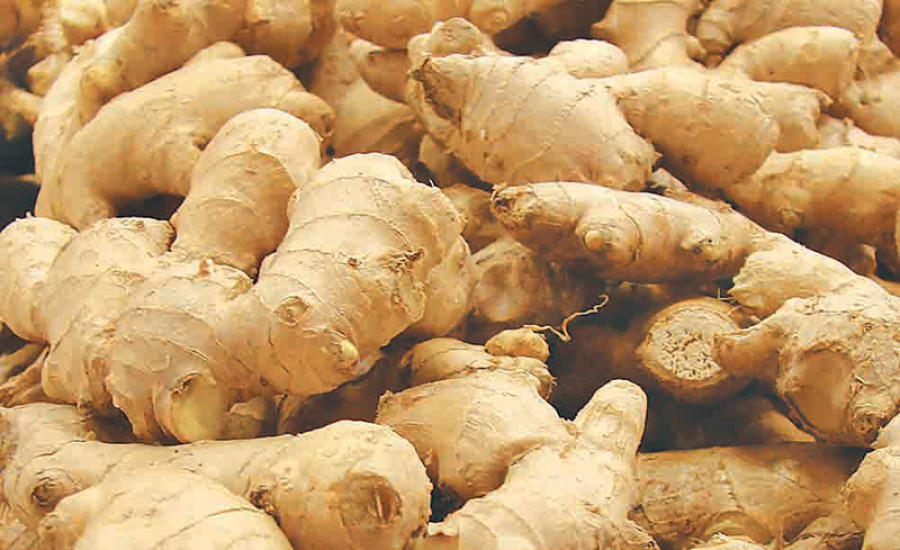Money
Barriers make life difficult for ginger exporters
Nepali traders are still finding it difficult to export ginger to India despite claims by the southern neighbour that entry requirements have been eased.
Nepali traders are still finding it difficult to export ginger to India despite claims by the southern neighbour that entry requirements have been eased.
The spice is one of Nepal’s major exportable agro products, and the country is one of the largest producers in the world.
According to the Commerce Ministry, Indian authorities have been allowing ginger to be exported only through the customs point at Kakarbhitta, Jhapa on Nepal’s eastern
border.
“Indian authorities have not been allowing entry of Nepali ginger through other border points, which could be due to the necessary information not reaching Indian border officials,” said Commerce Under-Secretary Tarka Raj Bhatta.
According to him, India has been restricting entry of ginger into India by including it in the sensitive list.
Indian authorities have reportedly been asking Nepali traders to obtain a separate export licence for ginger, Bhatta said. “Nepali exporters have been asked to get a permit from the Director General of Foreign Trade, India.”
The bilateral trade treaty between Nepal and India talks about removing restrictions on the movement of agro products including ginger. “However, a dilemma among Indian officials regarding Nepali products could have created the situation,” Bhatta said. “We have written a number of letters to India showing concern over the issue, however, there has been no change.”
This is not the first time that the Indian government has imposed trade barriers on spice. Last year, Indian authorities had blocked exports of Nepali ginger to India saying it contained traces of harmful pesticides.
However, a test report did not show any harmful pesticides, and India subsequently lifted the ban on imports. Indian traders have alleged that the ginger being exported from Nepal is actually Chinese ginger mixed with Nepali products.
Four months ago, the Indian government had halted movement of Nepali ginger citing unclear policy. Two months ago, trade restrictions were again applied in the form of Goods and Services Tax (GST) on a number of imports.
India subsequently lifted the GST on fresh Nepali ginger, ending around 20 days of confusion over exports of the agricultural product to the southern neighbour.
On-again, off-again restrictions on the entry of Nepali ginger into India have led to a sharp drop in exports. As per Nepal Rastra Bank, export earnings from ginger plunged 81.81 percent to Rs21.4 million during the first three months of the current fiscal year.
Globally, Nepal is the third largest ginger producer after China and India, with output reaching 286,000 tonnes in 2015-16. About 60 percent of the production is exported.
India is the main export market for Nepali ginger while a notable quantity of the root is also exported to Bangladesh via India. Dried ginger is exported to a number of foreign markets such as Europe, South Korea and Japan.




 9.12°C Kathmandu
9.12°C Kathmandu












%20(1).jpg&w=300&height=200)
